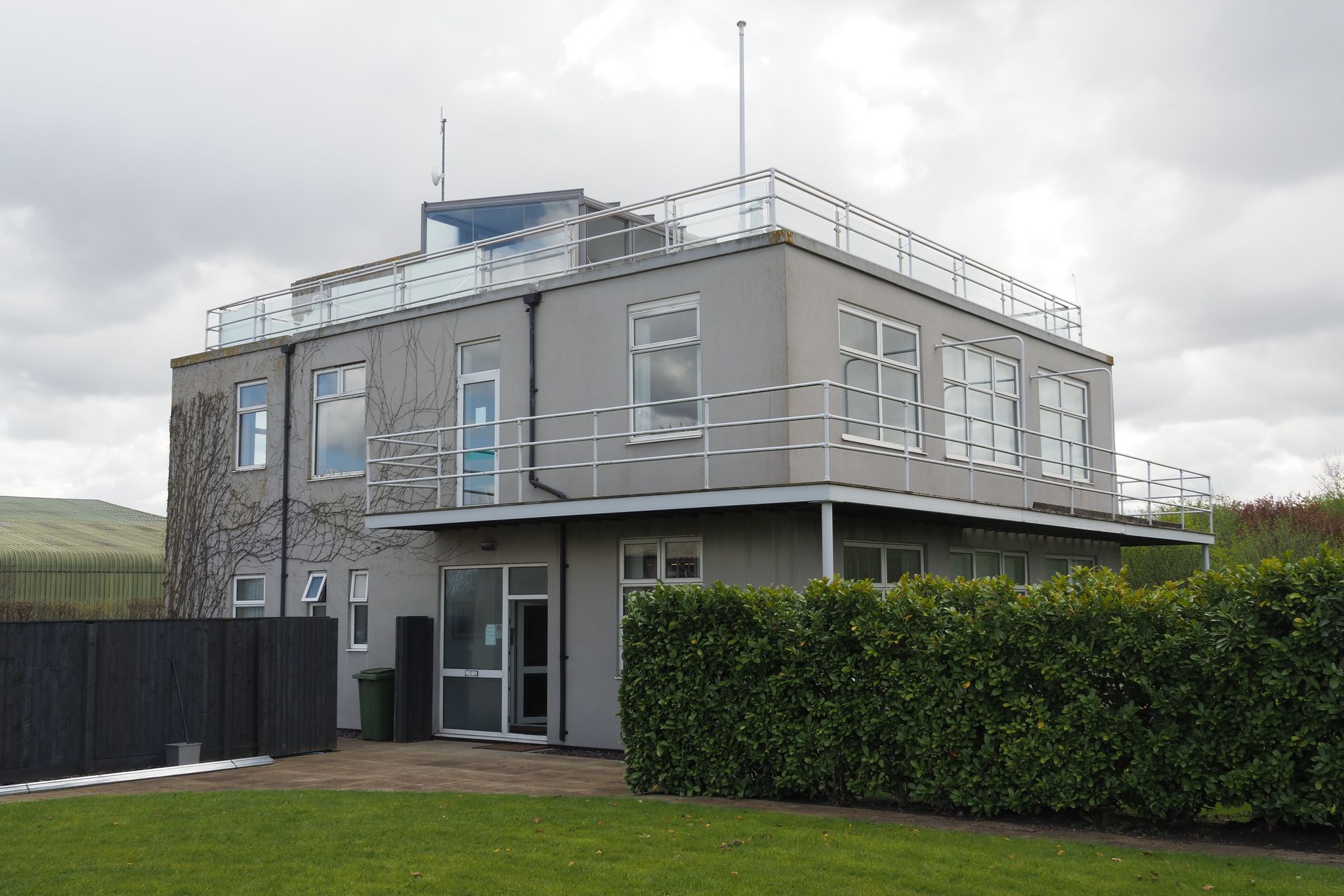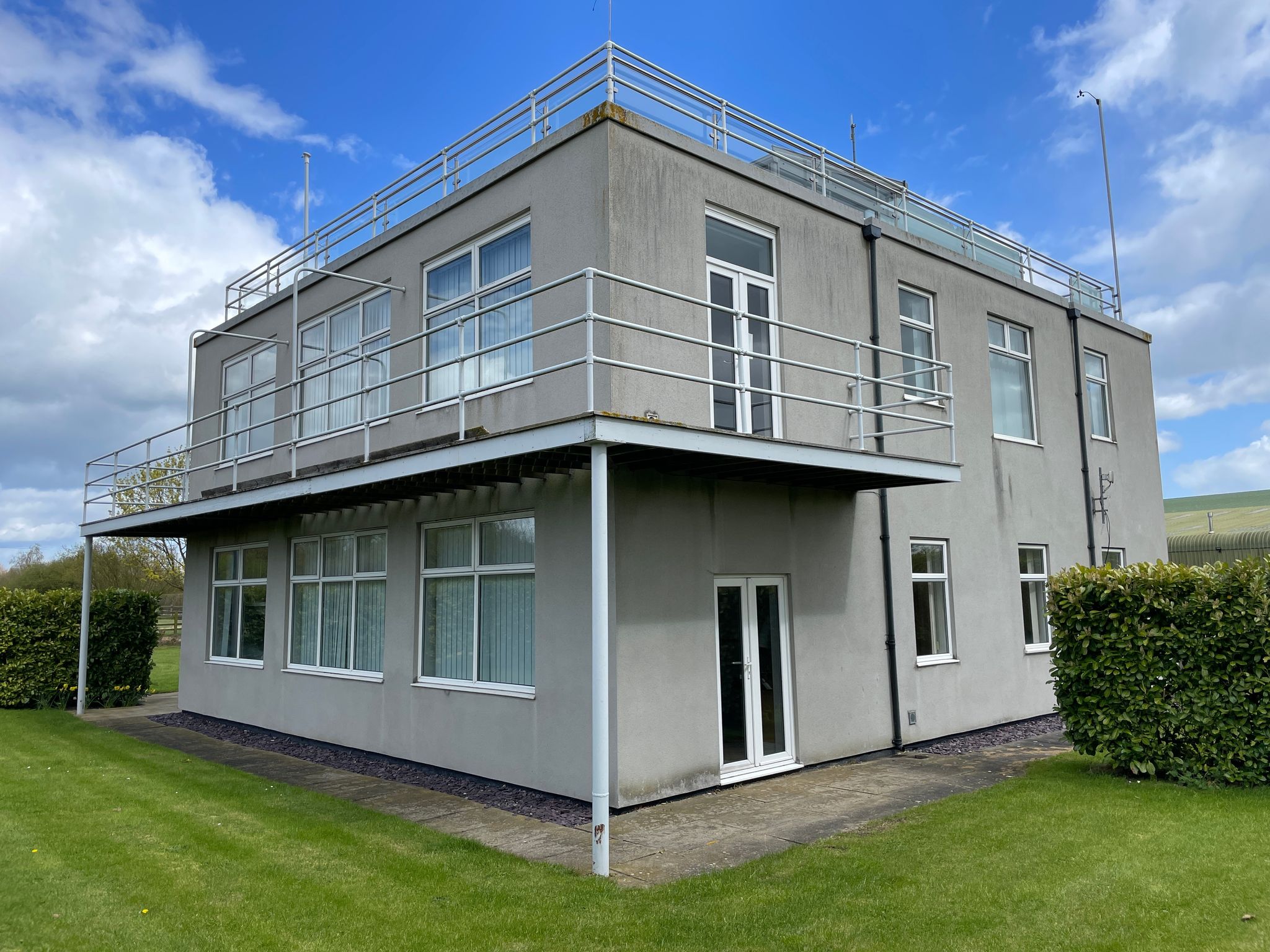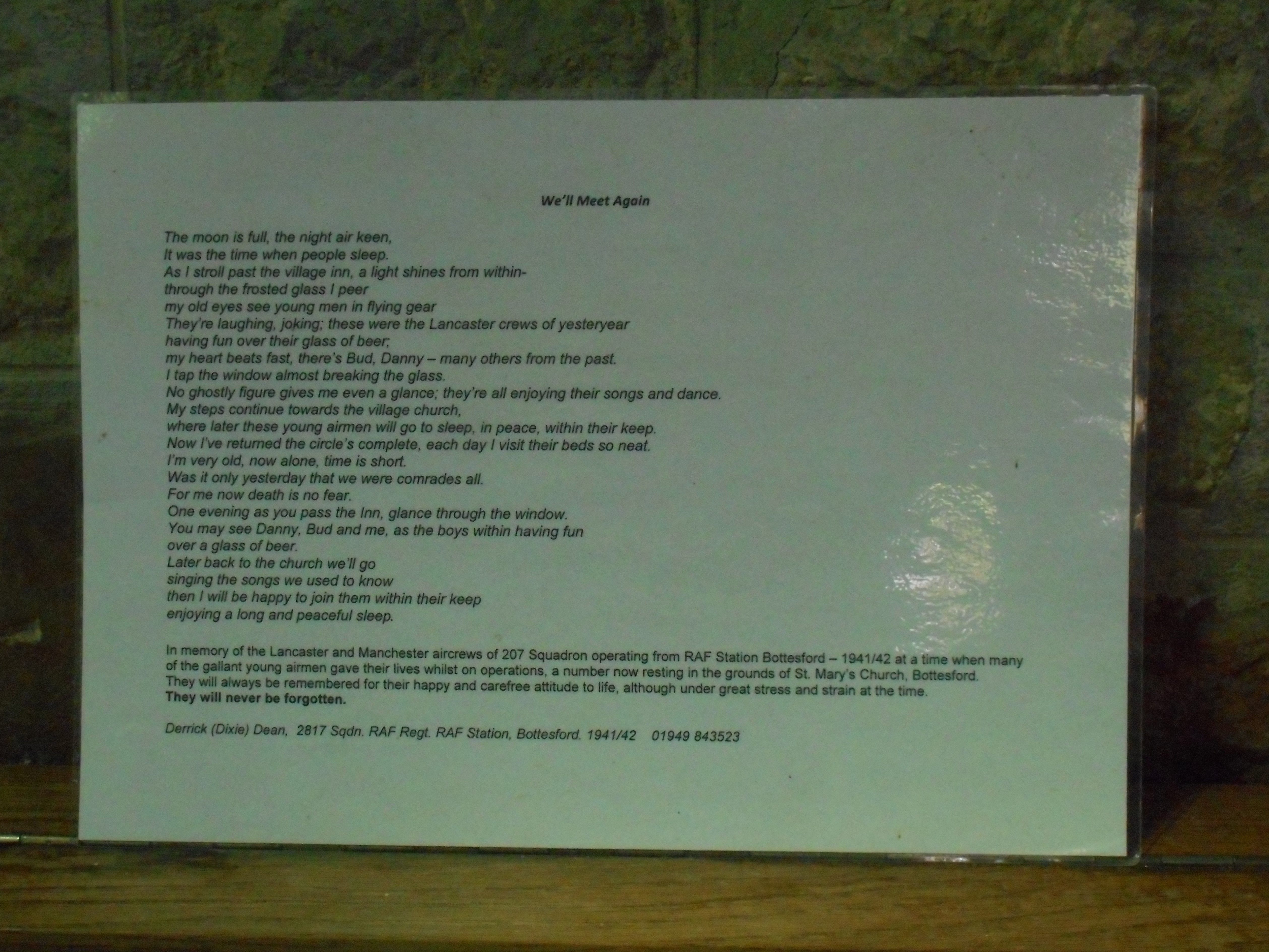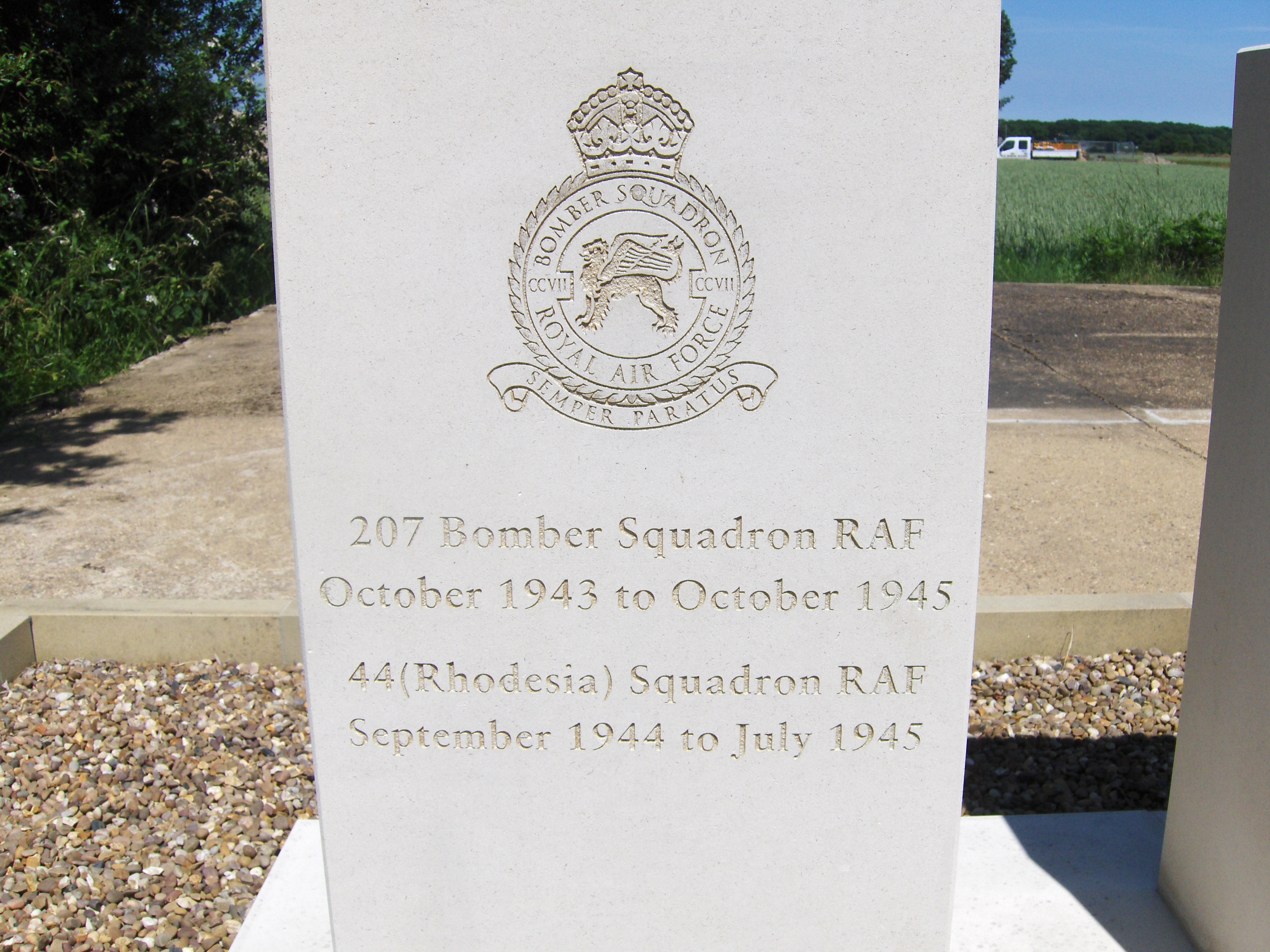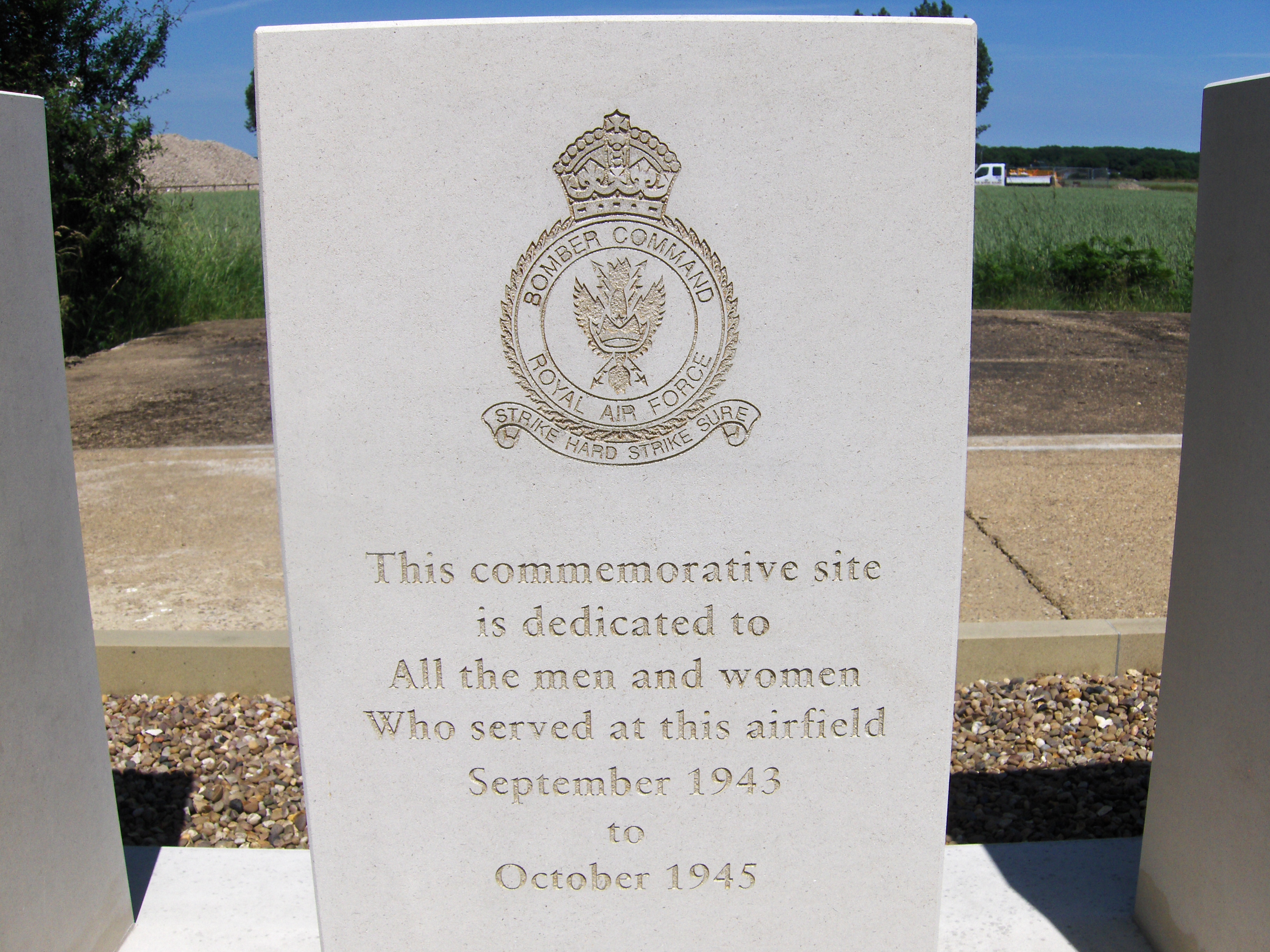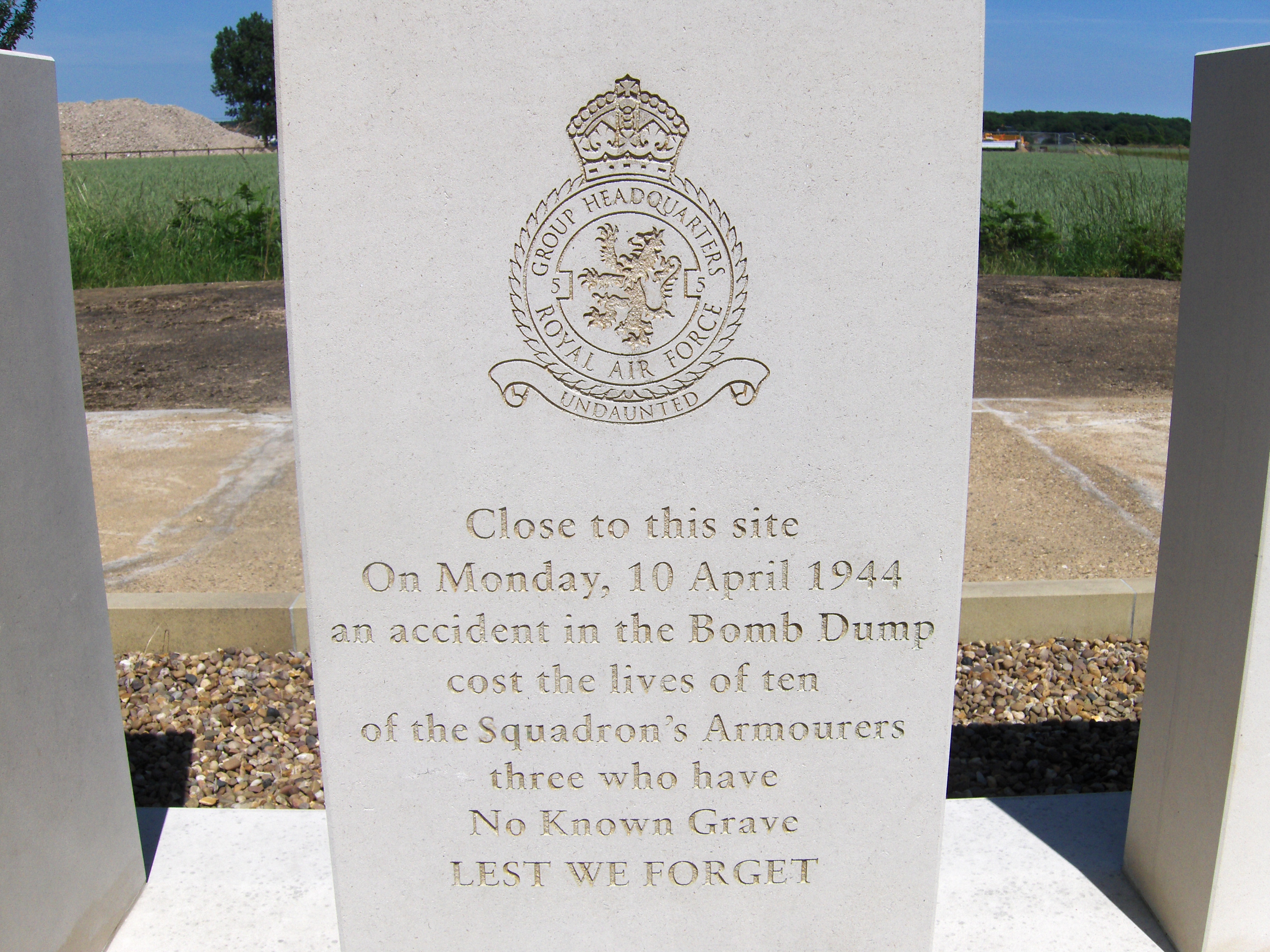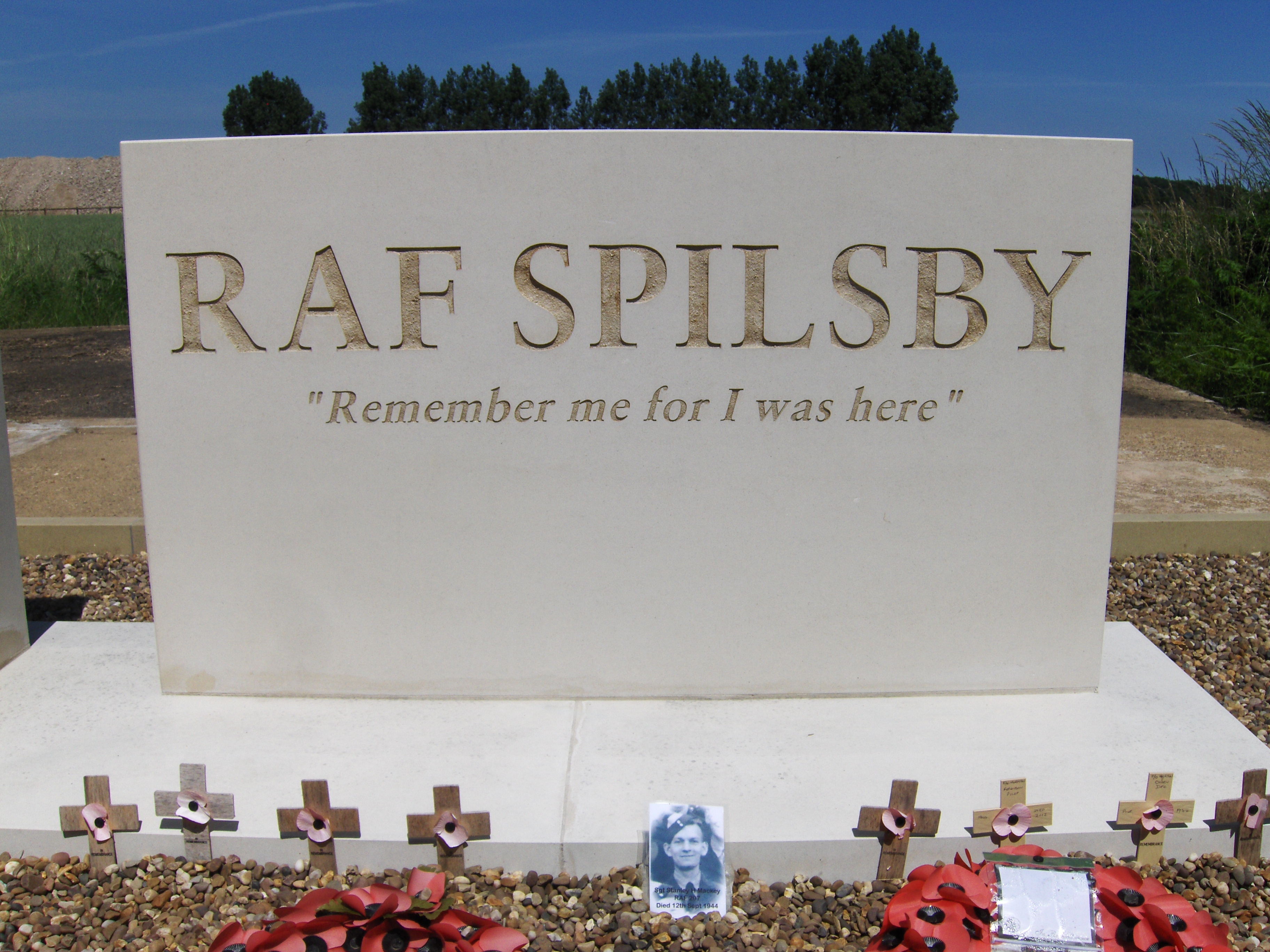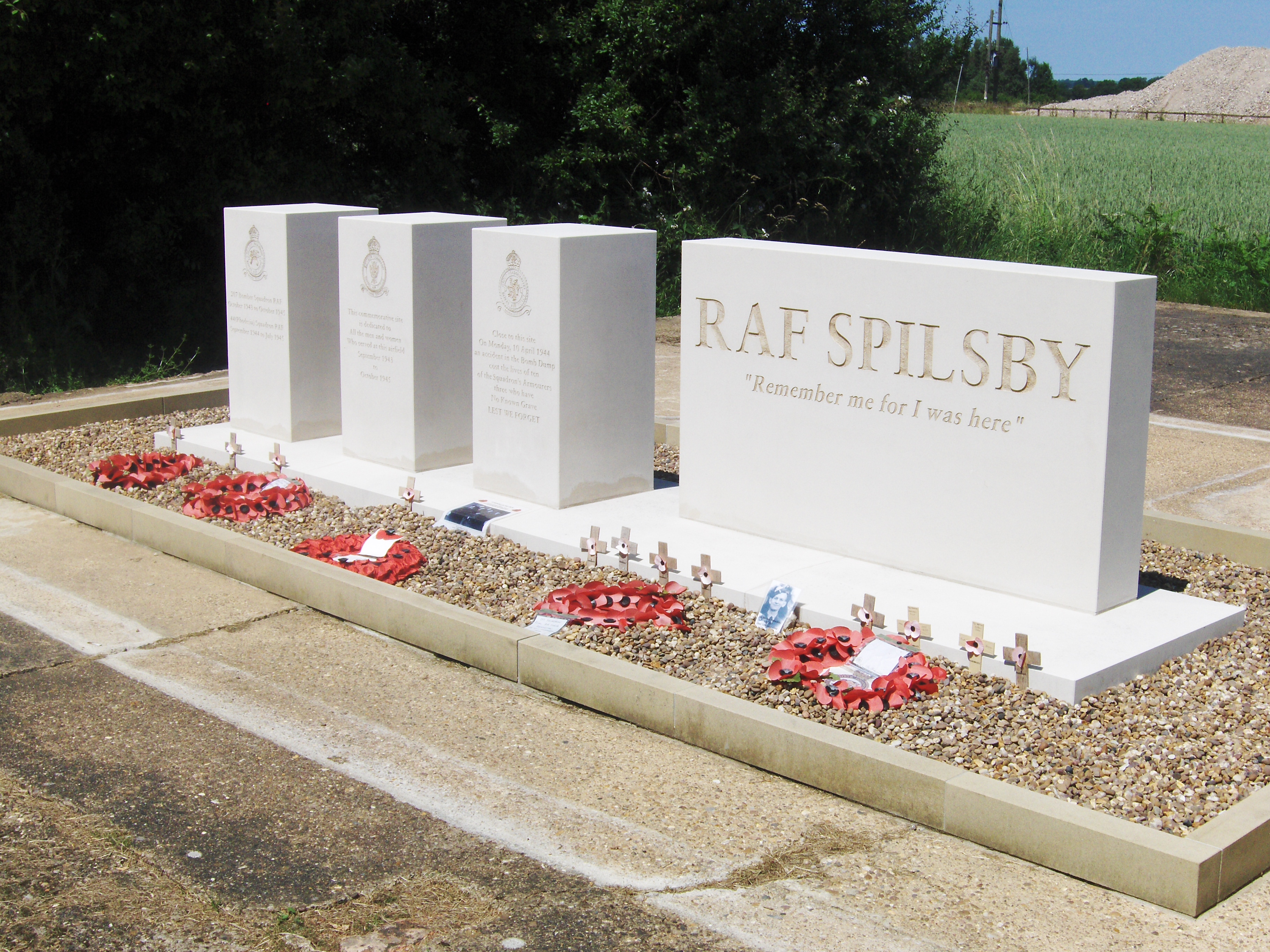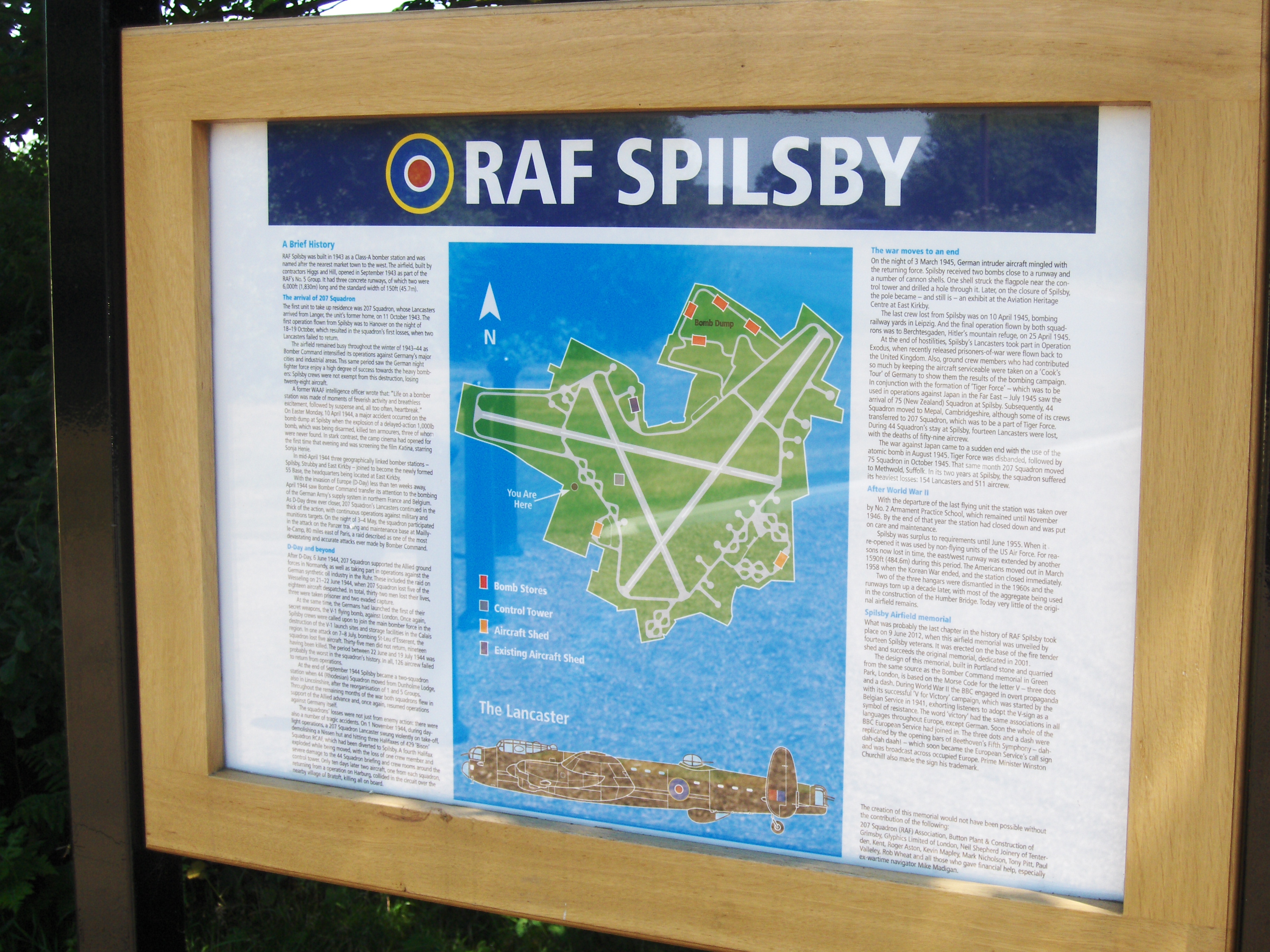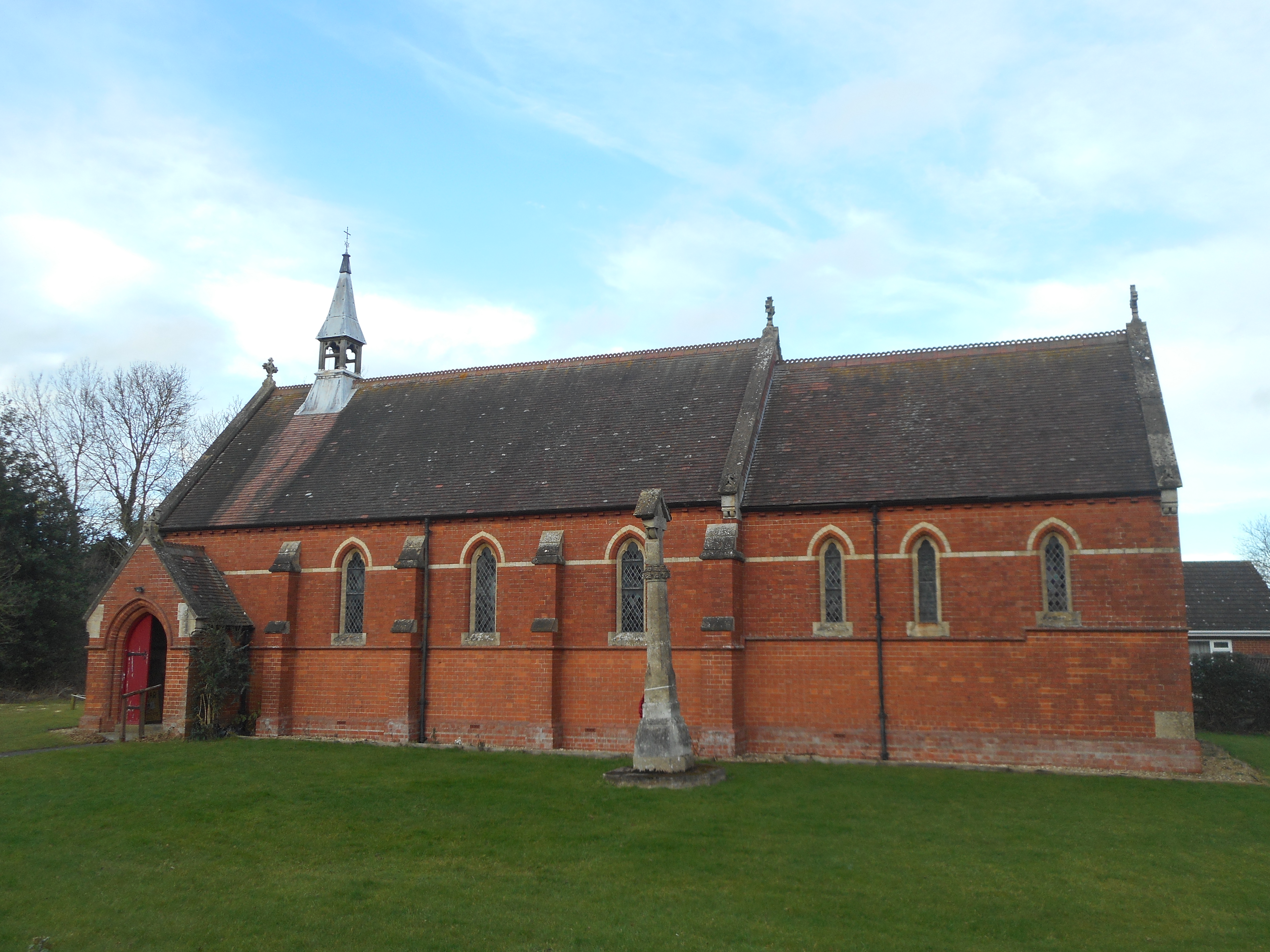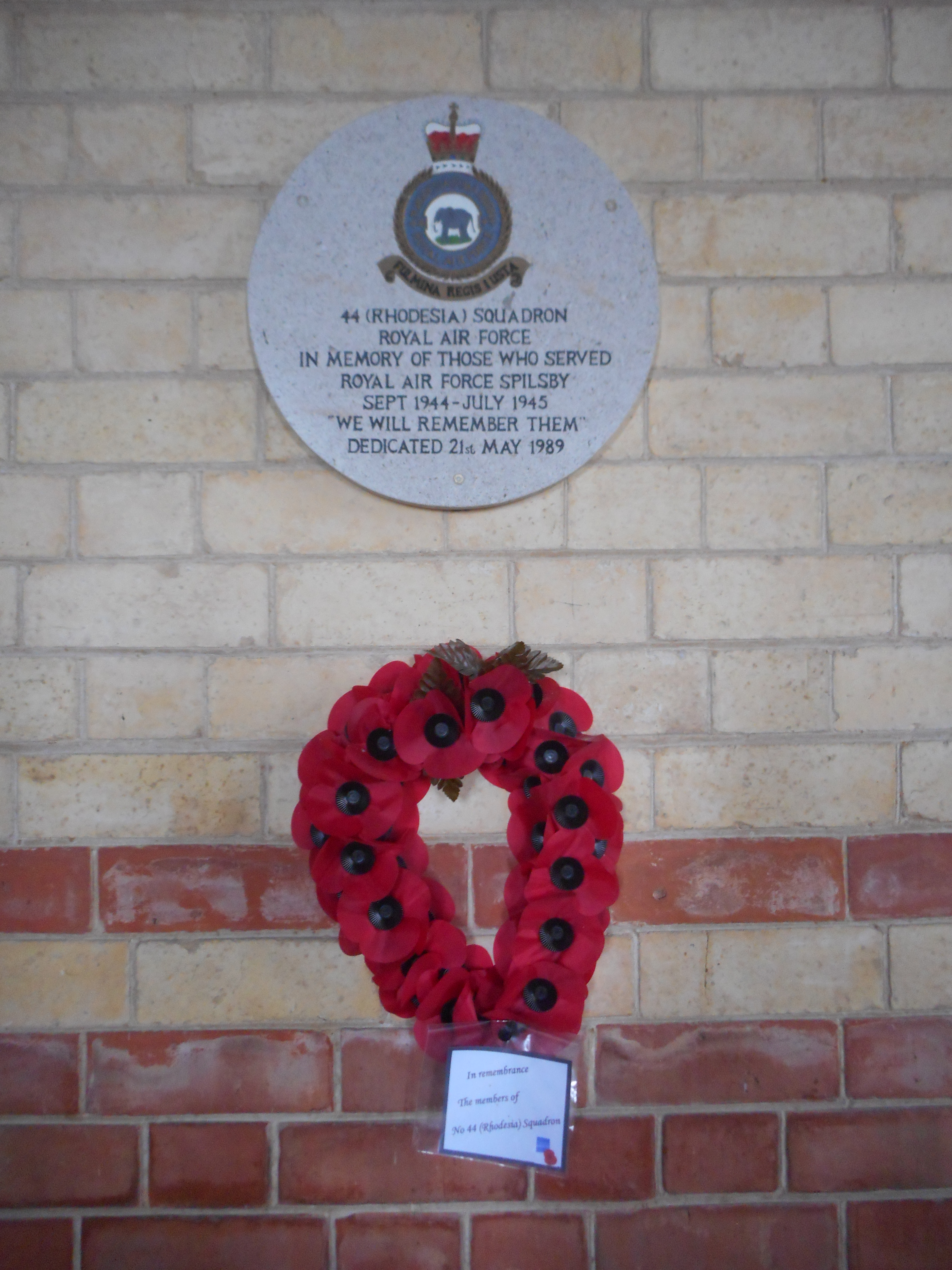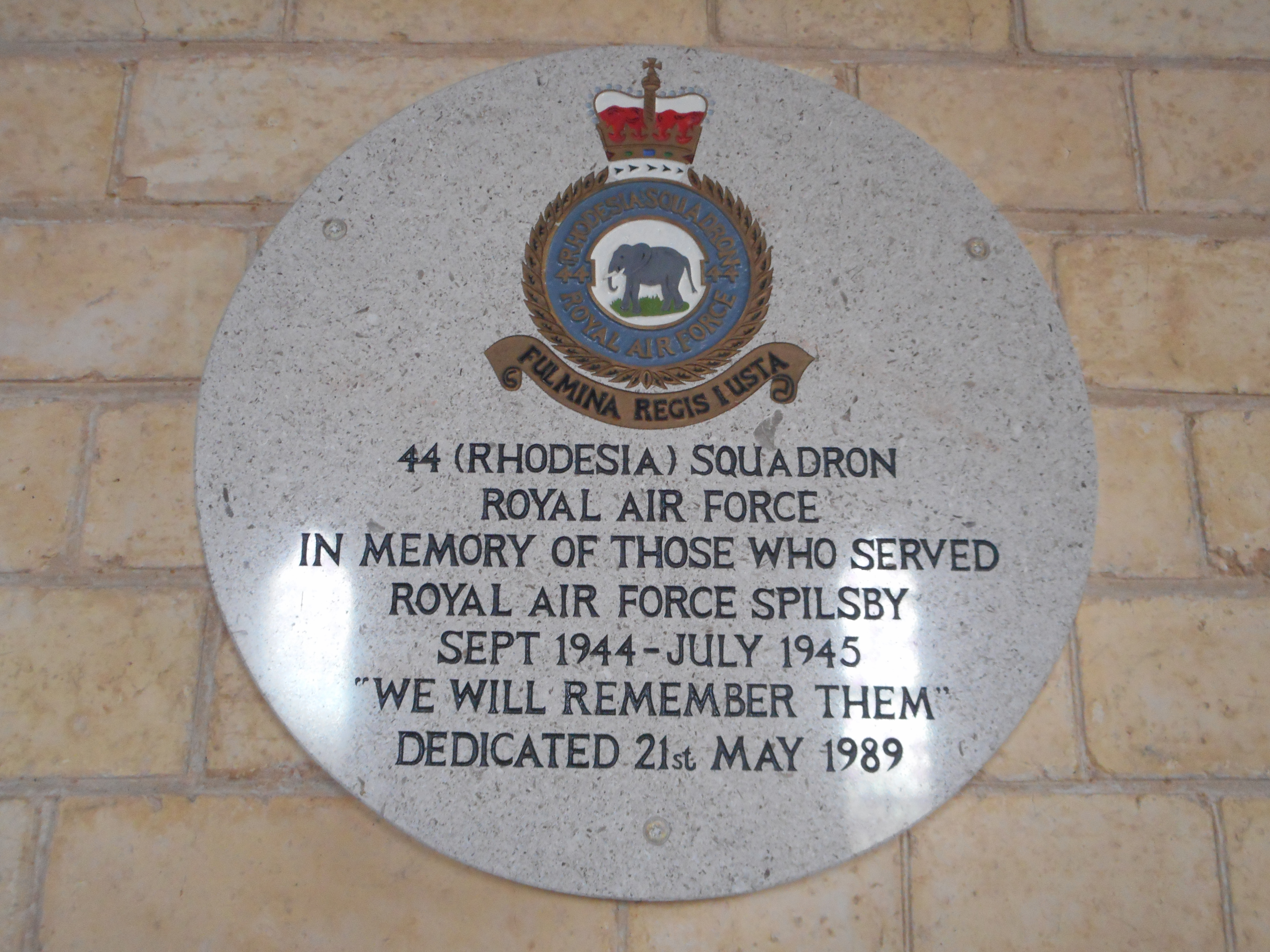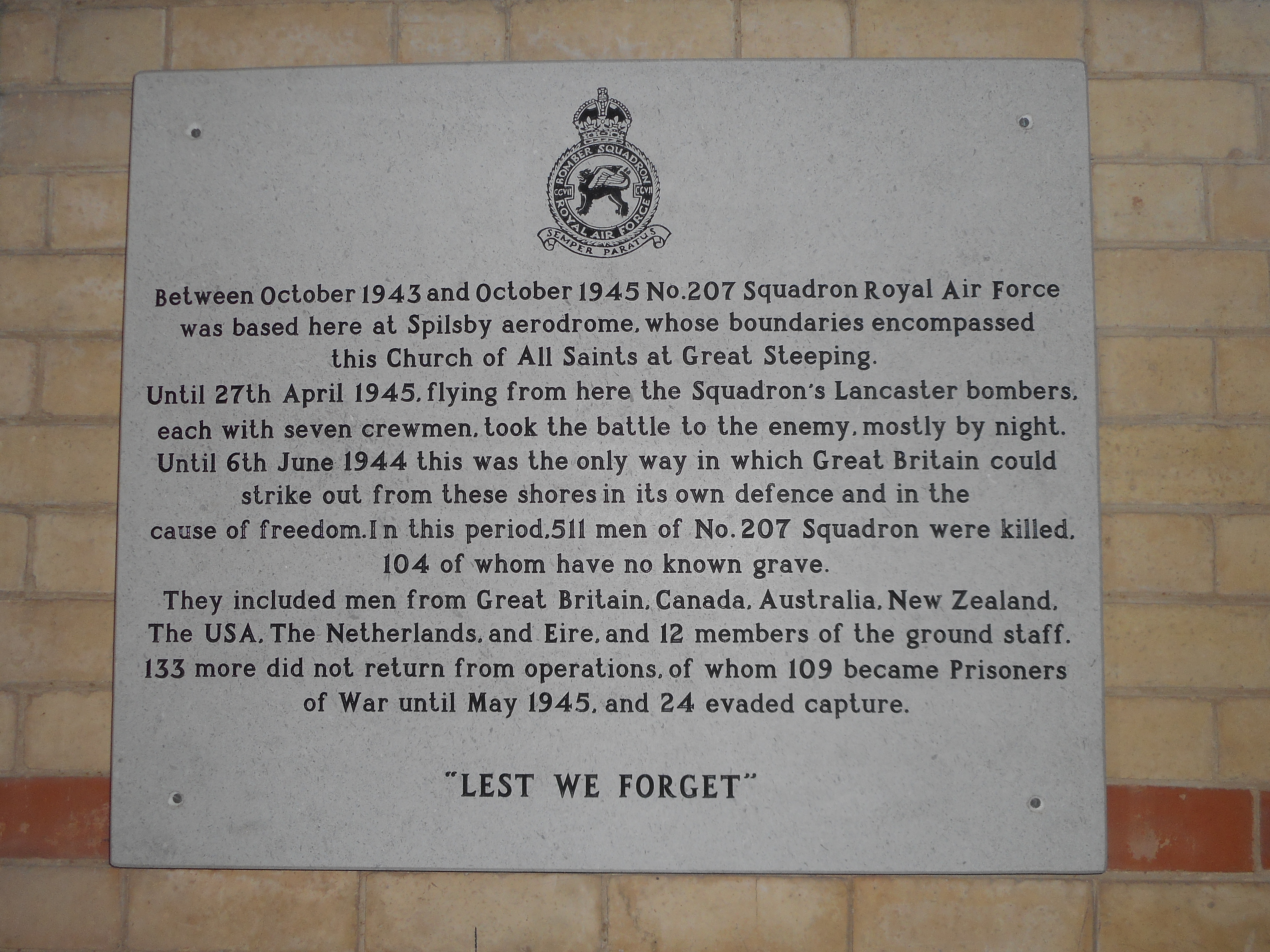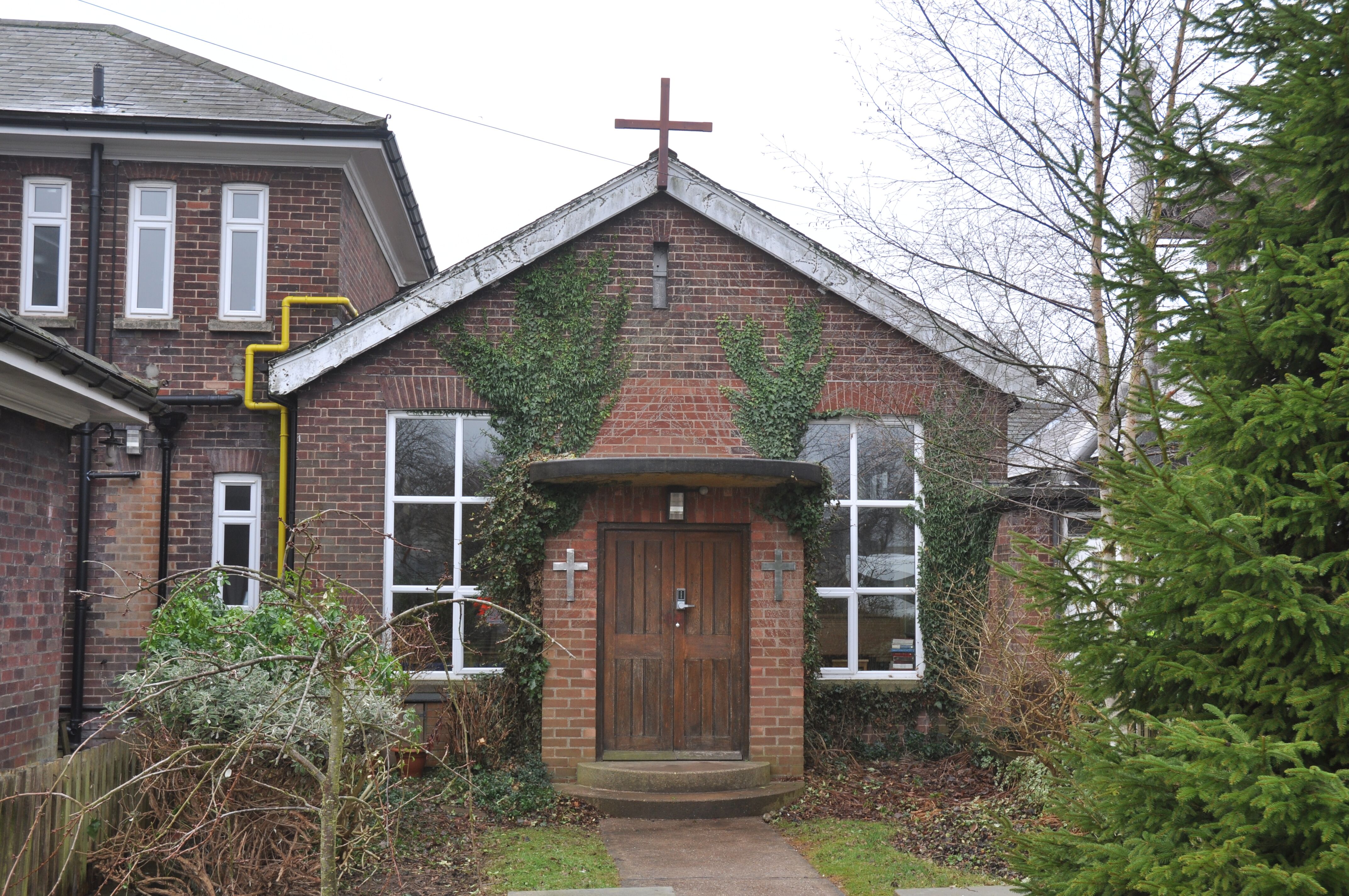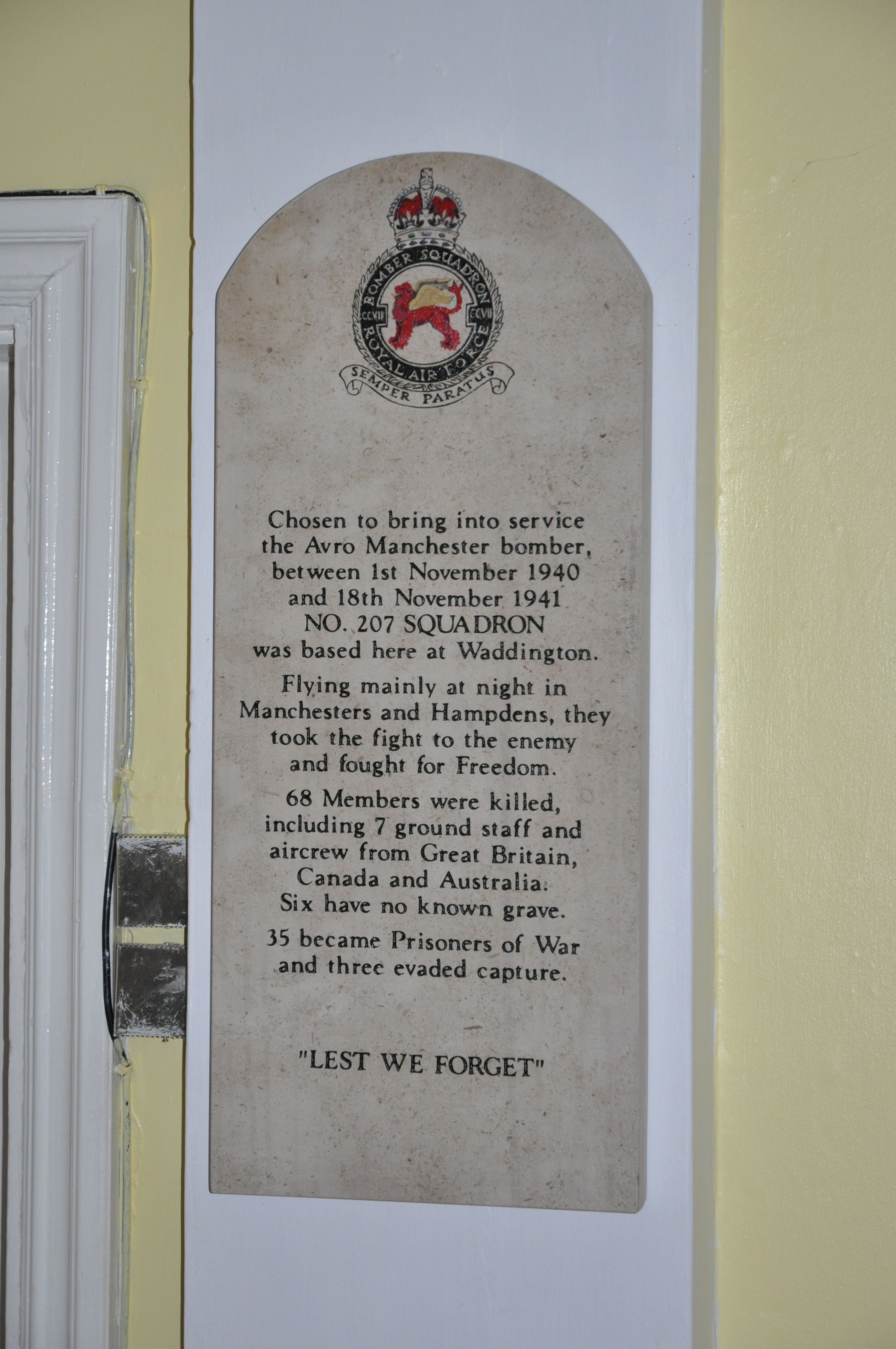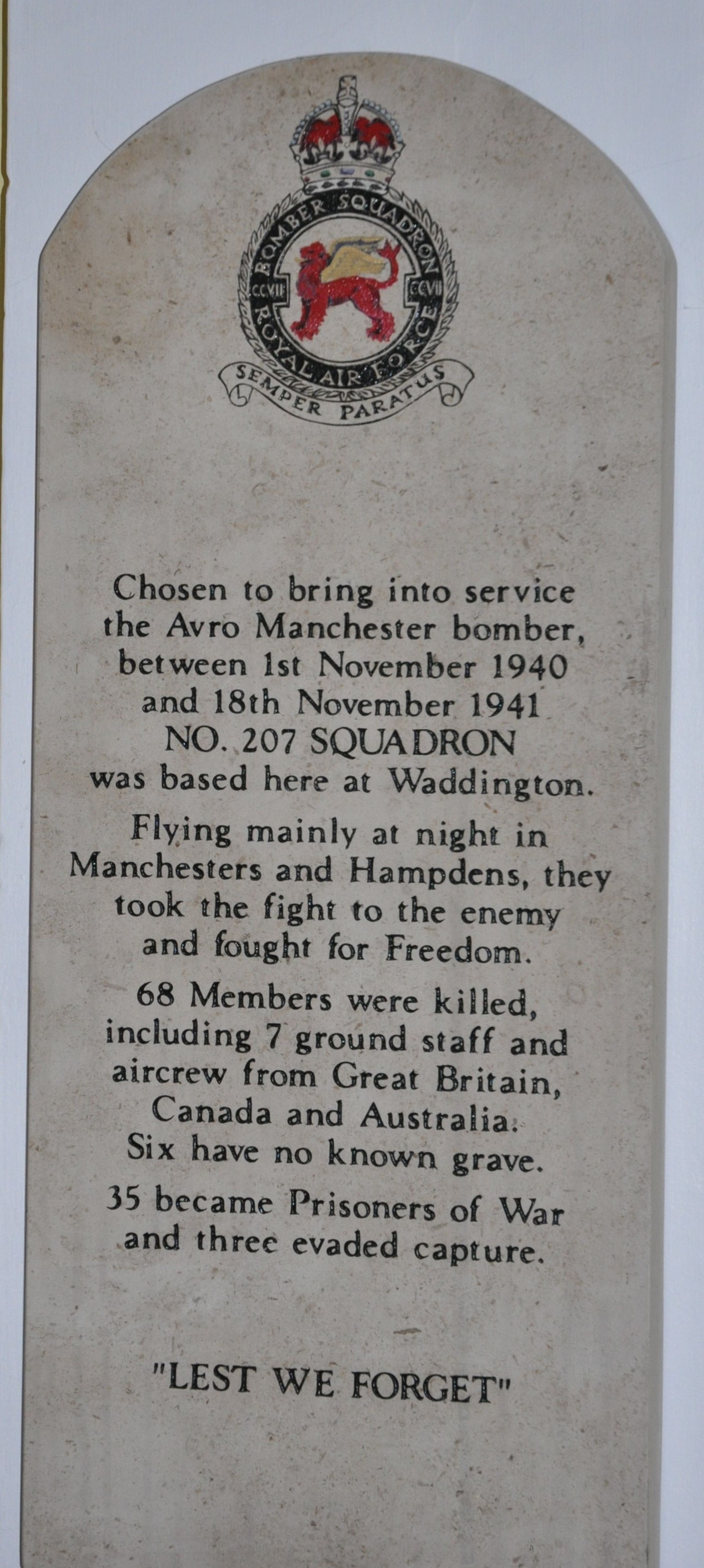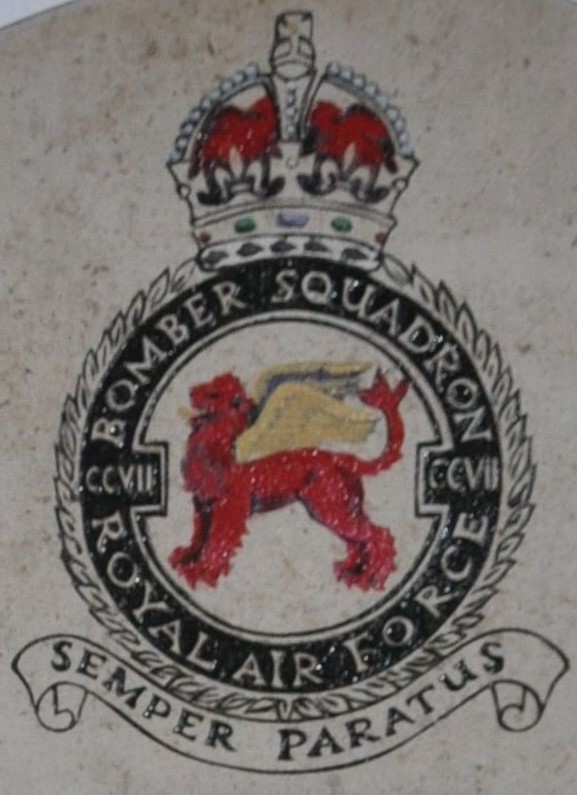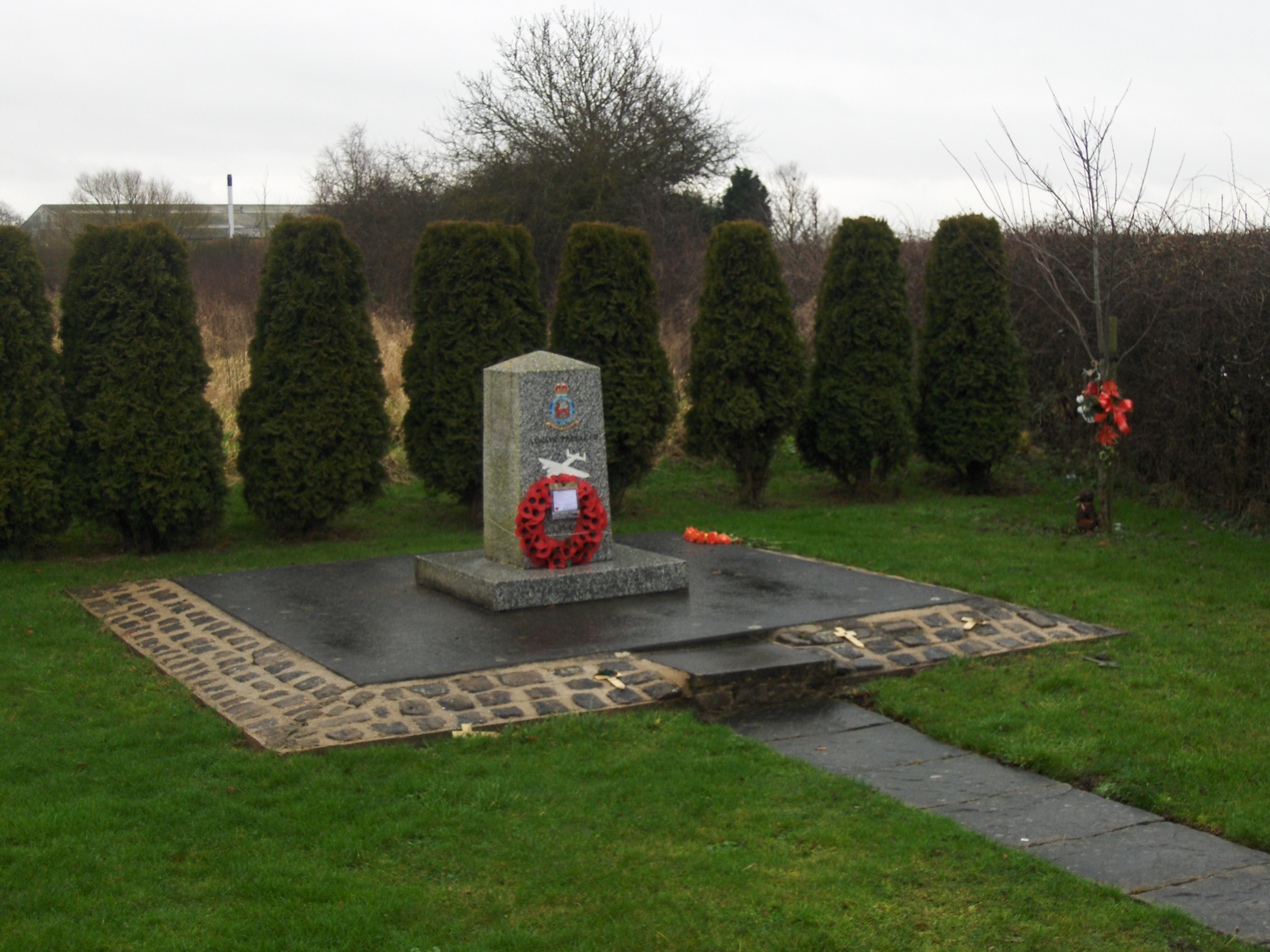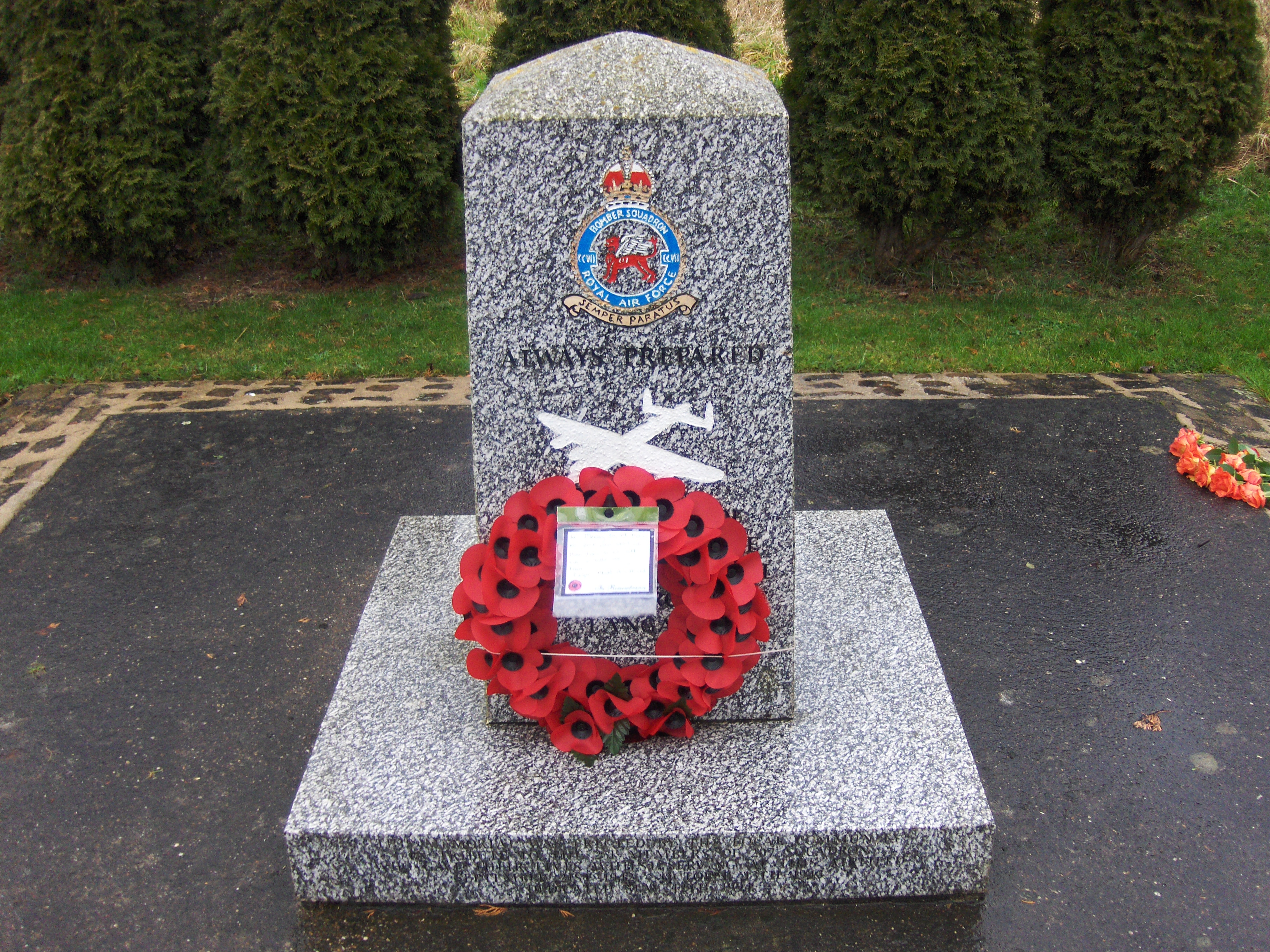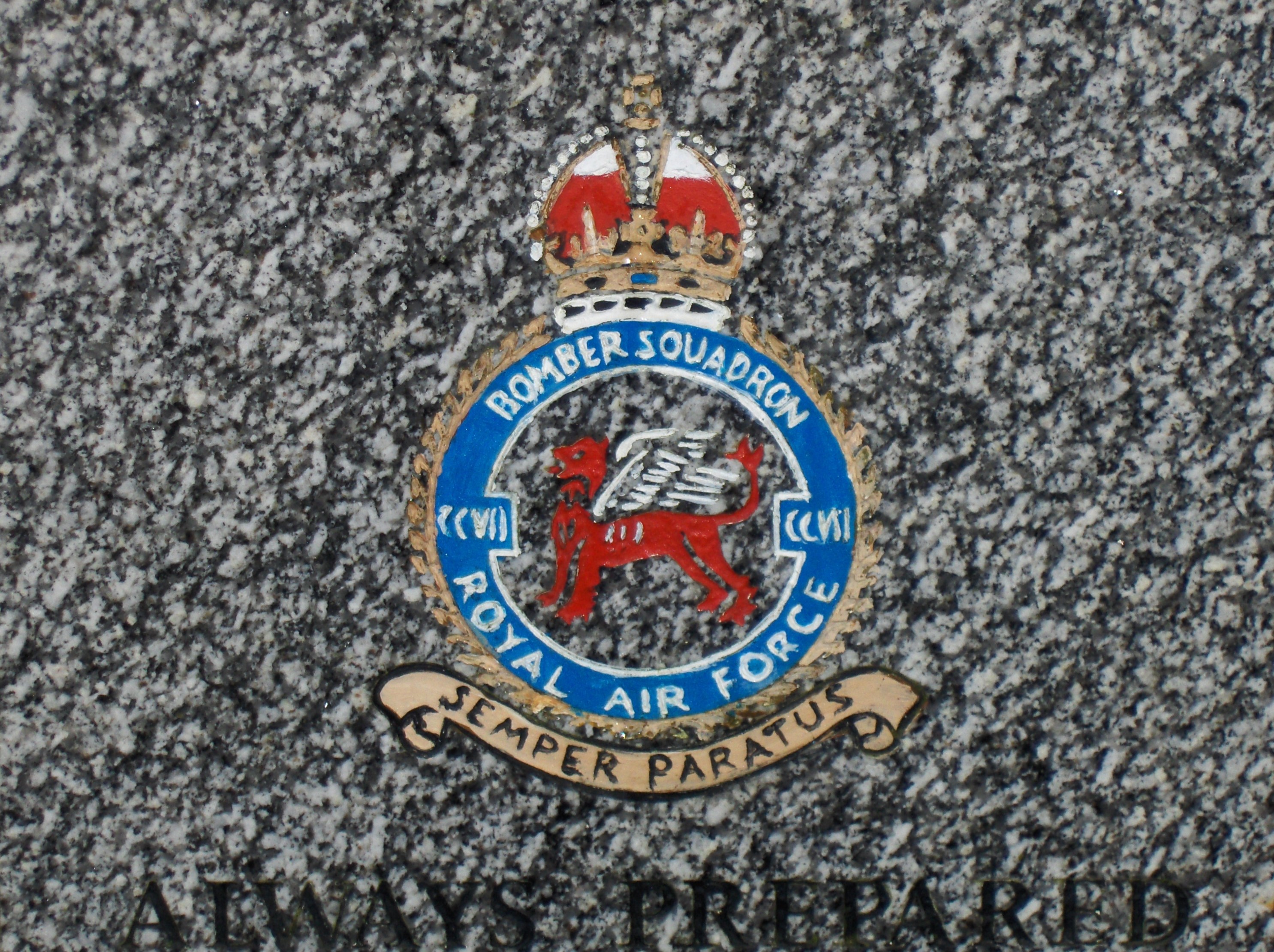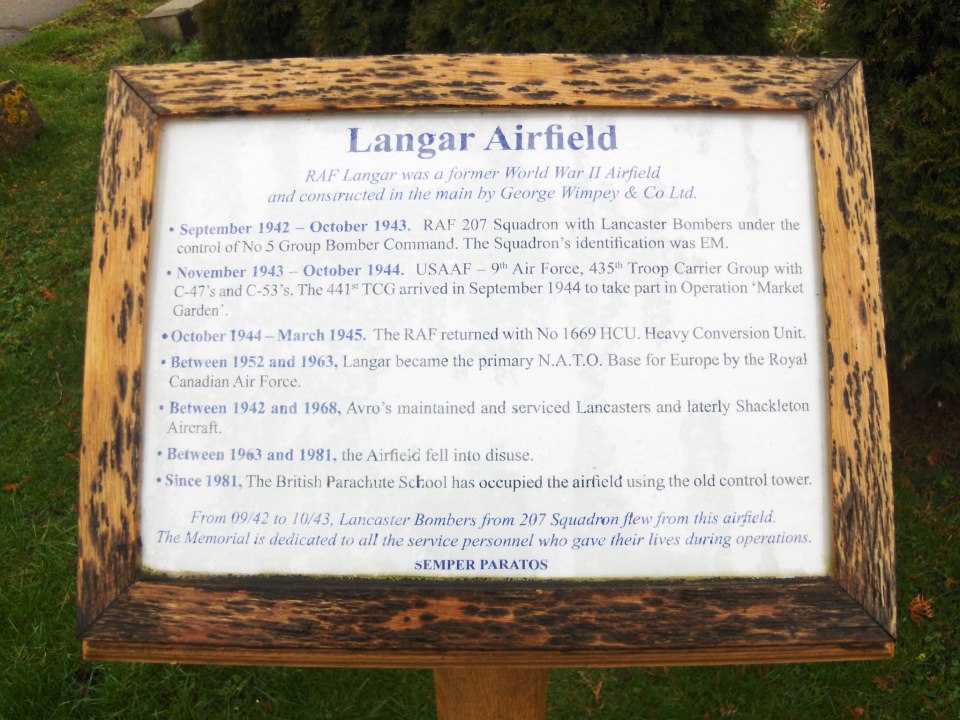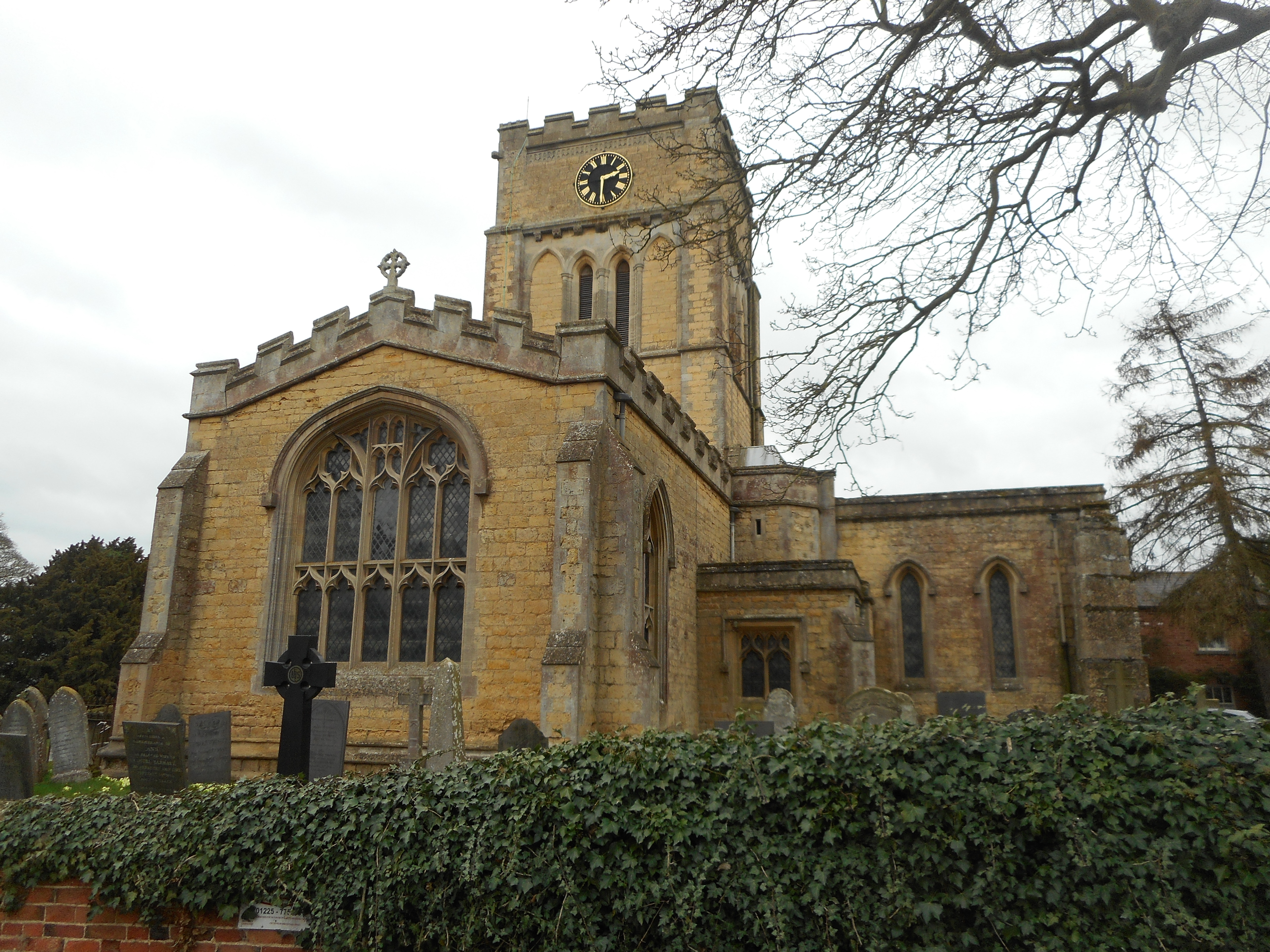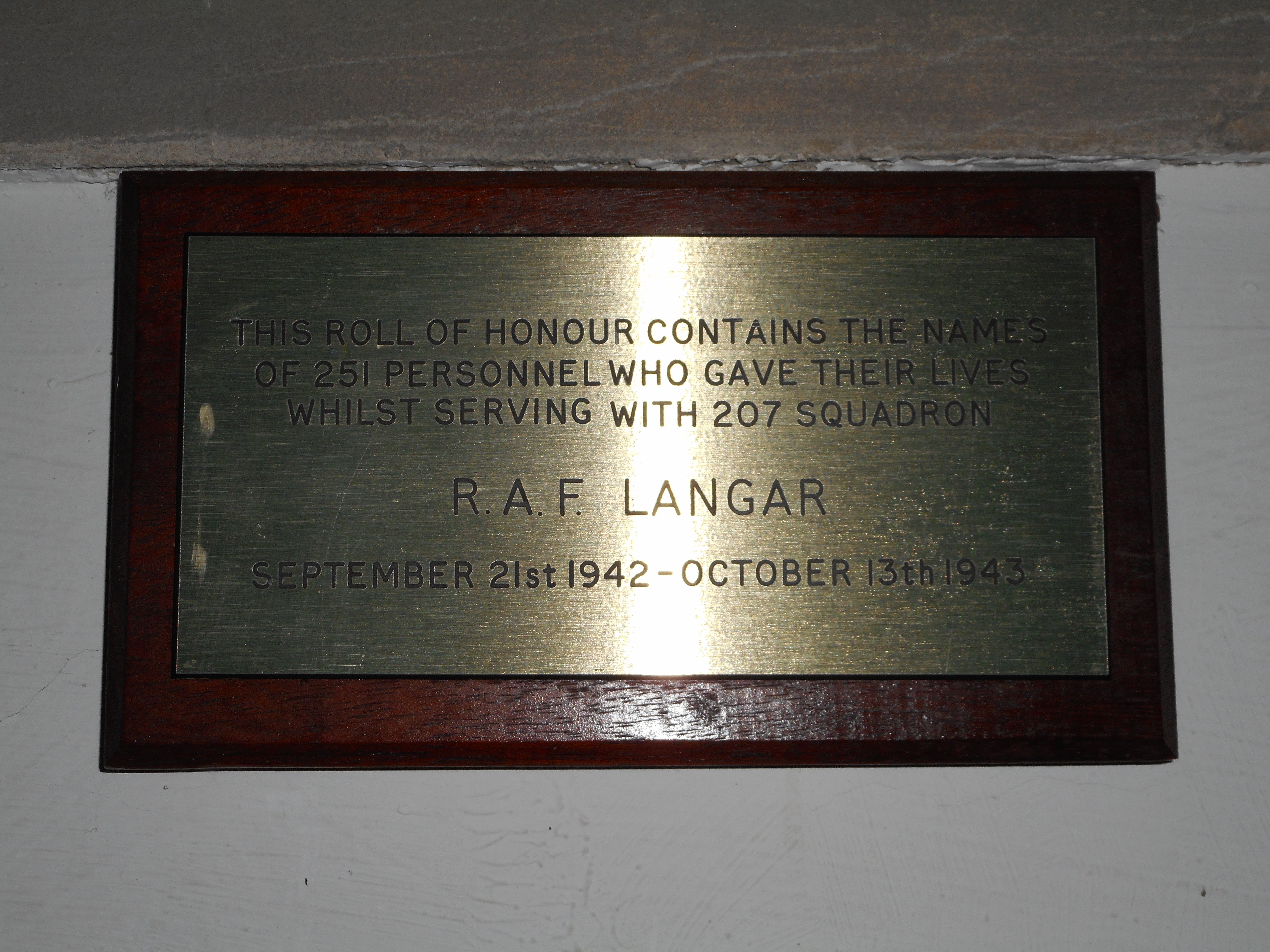Anderson, Peter Murray
Personal Information
| Rank | F/L |
| Forename(s) | Peter Murray |
| Surname | Anderson |
| Gender | M |
| Age | 24 |
| Decorations | DFC, MiD |
| Date of Death | 11-04-1945 |
| Next of Kin | Son of Peter and Lorena Jane Anderson, of Union Point, Manitoba, Canada. |
Aircraft Information
| Aircraft | Avro Lancaster III |
| Serial Number | ME472 |
| Markings | EM-O |
Memorial Information
| Burial/Memorial Country | Belgium |
| Burial/Memorial Place | Brussels Town Cemetery |
| Grave Reference | X. 21. 5. |
| Epitaph | GREATER LOVE HATH NO MAN THAN THIS, THAT HE LAY DOWN HIS LIFE FOR HIS FRIENDS |
IBCC Memorial Information
| Phase | 1 |
| Panel Number | 2 |
Enlistment Information
| Service Number | J/16379 |
| Service | Royal Canadian Air Force |
| Group | 5 |
| Squadron | 207 (City of Leicester) |
| Squadron Motto | Semper paratus (Always prepared) |
| Trade | Pilot |
| Country of Origin | Canada |
Other Memorials
| Location | Anderson Island, Manitoba; Anderson Island is within Tadoule Lake, which is an isolated northern feature in Manitoba reachable by plane, snowmobile, dog team sleds, and in winter by winter road. |
| Country | Canada |
| Memorial Type | Island |
| Memorial Text |
| Location | St. Mary the Virgin Church, Bottesford, Leicestershire |
| Country | United Kingdom |
| Memorial Type | Inscribed Slate Tablet and Roll of Honour within wooden case |
| Memorial Text | Roll of Honour and memorial to the members of 207 Sqn RAF who served at RAF Bottesford during WW2 |
| Location | X, Great Steeping, Lincolnshire |
| Country | United Kingdom |
| Memorial Type | Inscribed group of Memorial Stones with adjacent info board |
| Memorial Text | In memory of 207 Sqn RAF which served at RAF Spilsby and of 10 Sqn Armourers killed in an accident on 10th April 1944 |
| Location | All Saints Church, Great Steeping |
| Country | United Kingdom |
| Memorial Type | Inscribed Marble Tablet and Roll of Honour within wooden case |
| Memorial Text | Roll of Honour and memorial to the members of 207 Sqn RAF who served at RAF Spilsby during WW2 |
| Location | Stn Church, RAF Waddington, Lincolnshire |
| Country | United Kingdom |
| Memorial Type | Inscribed Stone Tablet |
| Memorial Text | In memory of 207 Sqn RAF which served at RAF Waddington between 1 November 1940 and 18th November 1941 |
| Location | Harby Rd, Langar, Nottinghamshire |
| Country | United Kingdom |
| Memorial Type | Inscribed Memorial Stone |
| Memorial Text | A memorial to 207 Sqn RAF which served at RAF Langar during WW2 |
| Location | St. Andrew's Church, Langar, Nottinghamshire |
| Country | United Kingdom |
| Memorial Type | Inscribed Brass Plaque & Roll of Honour within wooden case |
| Memorial Text | Roll of Honour and a memorial to the personnel of 207 Sqn RAF who were killed flying from RAF Langar during WW2 |
Miscellaneous Information
| An account given to IBCC by one of the air gunners, Sgt. John Pearl (aged 19 at the time of the incident), follows: |
| ‘Pathfinder marker flares were going down as we began moving across the target - the railway yards at Leipzig. Some light flak appeared ahead of us but it was spread thinly around the sky and did not look too formidable. However, black puffs of smoke from the bursting shells of predicted heavy flak seemed dangerously close and as we continued our run across the target it was one of these shells that exploded alongside, between the two starboard motors. It shook the plane, throwing us around the sky, causing me to slip off the little hammock that served as a seat in the mid-upper turret. I fell backwards on to the floor of the aircraft. I lay there for a few seconds as shrapnel ripped through the aircraft, sounding like hail stones on a tin roof. The skipper steadied the aircraft and I climbed back to my turret to find it badly holed with most of the cupola Perspex blown away. A lot of the metal framework which had been supporting the Perspex was twisted and mangled and I sat there like a World War I air gunner with my head out in the fresh air. Had I not been thrown off my seat, the top of my head would have been sliced of like a breakfast boiled egg. It was freezing in the shattered turret now and it could only be rotated by the winding handle as the hydraulics had been shot away. My guns did not work either, so I was reduced to the role of lookout. Both starboard engines were damaged, losing oil, and had to be feathered but after a quick discussion amongst the crew as to what we should do, we continued on two engines and bombed the target from 14,000 feet. Leaving the target area, we were hit by flak on the port side. Ninety, limping minutes later, oil pressure began dropping fast on the port inner engine and the pilot told us to prepare for baling out.” The crew baled out successfully, except for the pilot, Flight Lieutenant Peter ‘Andy’ Anderson, who was killed when the aircraft crashed near the village of Burgbrohl. The rest of the crew were picked up by American GIs and quickly repatriated.’ |
| Mentioned in Despatches June 1944 |
Commonwealth War Graves Commission
The National Archives
Last Operation Information
| Start Date | 10-04-1945 |
| End Date | 11-04-1945 |
| Takeoff Station | Spilsby |
| Day/Night Raid | Night (4% moon) |
| Operation | Leipzig |
| Reason for Loss | Successfully released bomb load on second bomb run despite serious damage. Further damaged by flak but the pilot valiantly kept control until oil pressure failed. All but the pilot bailed out. |
